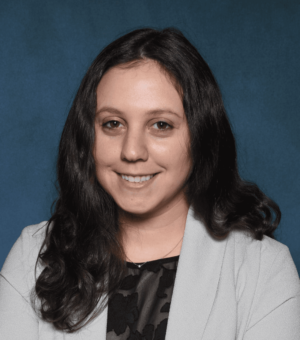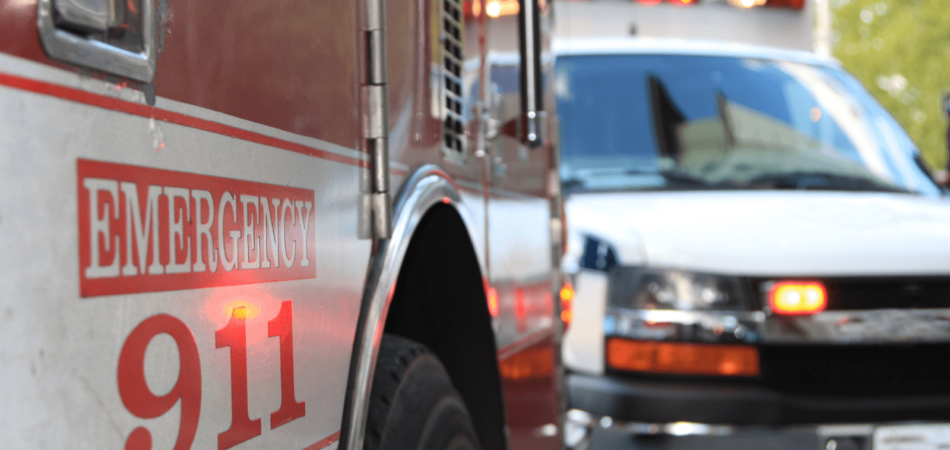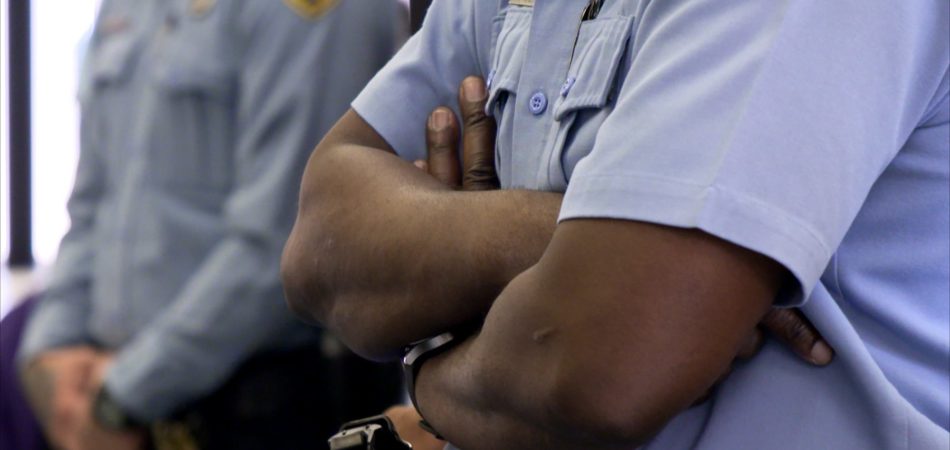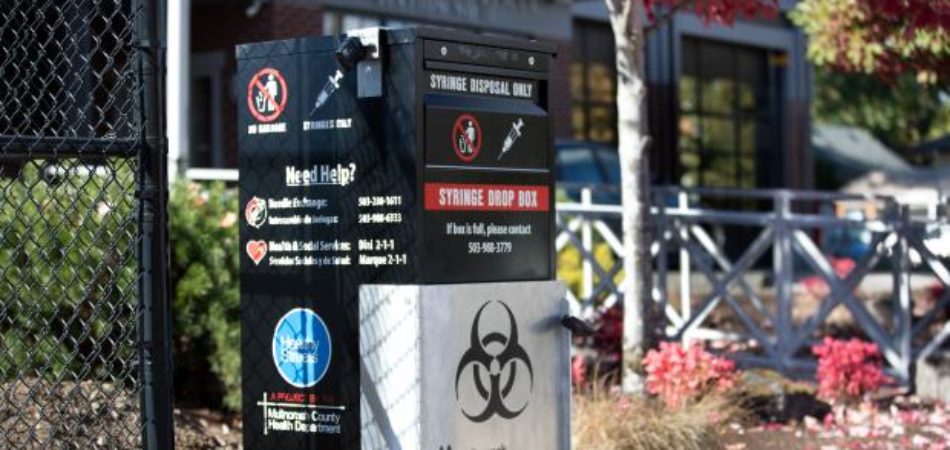Developing a Common Definition for Community Responder Programs
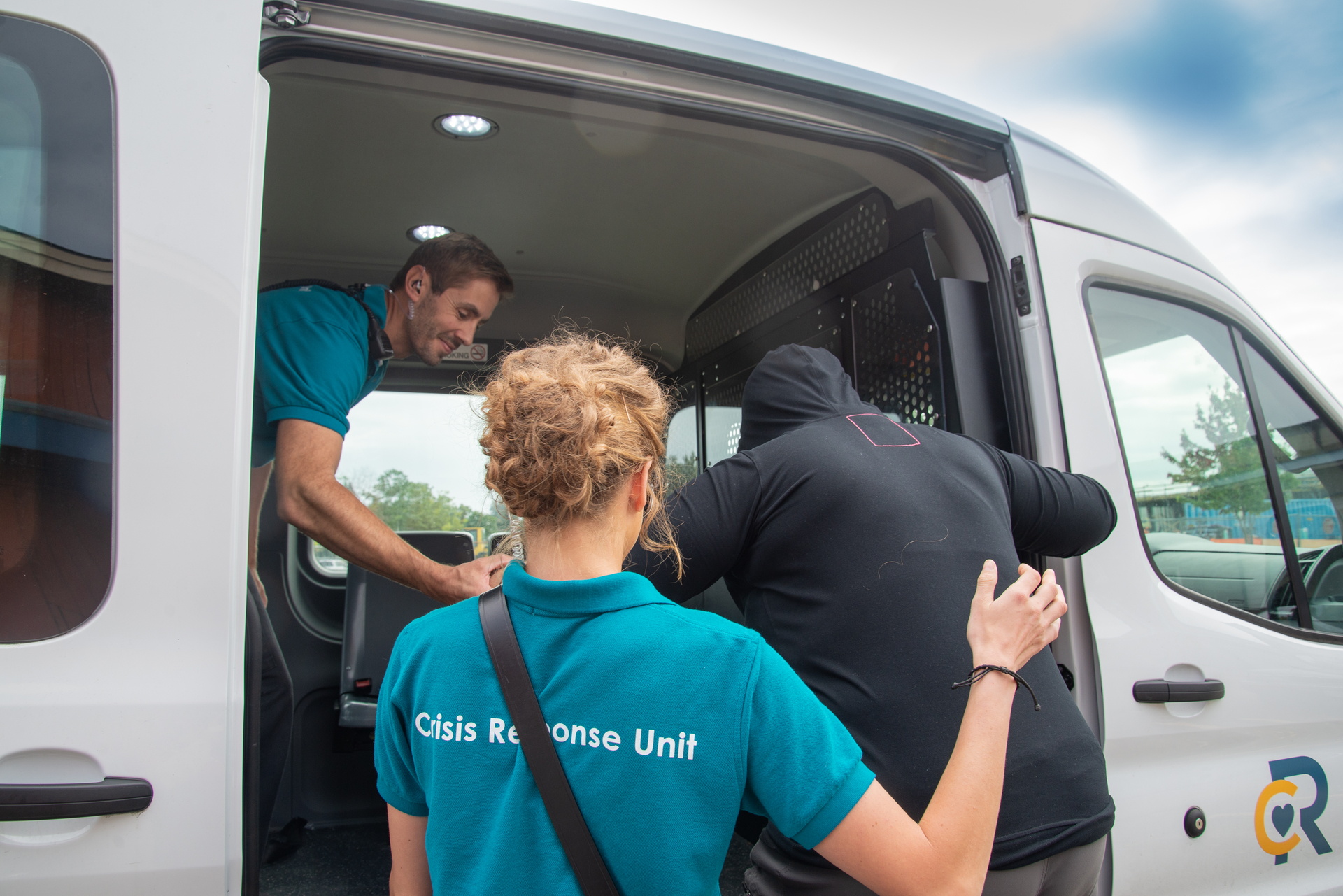
(Photo Credit: Olympia Crisis Response Unit in Washington)
This May, the state of Washington passed legislation supporting the expansion of alternative response teams (sometimes called community responders) as a public safety service. This came on the heels of a law passed in March 2024 protecting the teams from civil liability. While Washington is one of the states at the forefront of community response legislation, they are not alone in these kinds of efforts.
Community responder programs have been emerging as a model for crisis response for years, with programs across the U.S. showing the viability of community-led response models that are tailored to local needs and integrated into emergency systems. Some states are now following suit with laws that codify their roles in first response systems and provide protections to team members during emergencies. As these programs have grown in popularity, however, it has become increasingly important to clarify the scope of what they do and their intended impact.
In January 2025, the CSG Justice Center launched its second Expanding First Response Commission to help address this issue. Originally started in 2023 with 21 experts seeking to shape the conversation on and aid in the advancement of community response, the second commission has been working on actionable guidance for state leaders interested in supporting local community responder efforts.
“We as leaders have to be involved in the continual identification of emerging and evolving community networks,” said Annie Burwell, program manager of the Crisis Response Unit in Round Rock, TX and two-time member of the commission. “We can’t rely on government alone—we must seek out and empower people who can speak agriculture, firefighting, Spanish, recovery, paramedicine, advocacy, and faith, to give just a few examples. And we need all of them at the table.”
Creating a Shared Understanding
As part of the current commission’s work, 29 experts directly involved with community responder programs and the issues surrounding them—including advocates, first responders, policymakers, practitioners, researchers, state and municipal officials, and individuals with other personal and professional experiences—worked together to discuss the opportunities and challenges involved in expanding these programs nationwide.
Among those challenges was a need for a shared understanding to better equip leaders with the information and resources to support local efforts. For the commissioners, this began with the creation of a common, universal definition—rather than the general descriptions that exist now—that could be used as the foundation for establishing community responder programs as a permanent branch of emergency first response systems.
Defining “Community Responder” Programs
Community responder programs offer an additional option for first response. Composed of multidisciplinary professionals trained to address behavioral health and quality-of-life concerns, community responder programs provide a person-centered response to 911 and other emergency calls for service. Integrating community responder programs into first response systems ensures that all calls for service can receive the most appropriate response.
Without this formal definition, commissioners raised concerns that as programs expand across the country, there could be scope creep, increasing the chances that the purpose of the model and its makeup are distorted or confused for other response options.
“It was important to the commissioners that we not only clarify what community responder programs are but also what they are not,” said Anne Larsen, deputy program director in the Behavioral Health Division at the CSG Justice Center. “Formalizing a definition for these programs is a task that the field has been trying to do for some time now, and I’m proud to say we were able to come to consensus with nearly 30 experts weighing in.”
After weeks of discussion, commission members were confident that this universal definition could help communities better integrate community responder programs into already existing public safety systems and more effectively measure their impact. Importantly, the definition also sets a path forward for state leaders interested in expanding the model nationwide.
Looking to the Future
“I’ve been involved with law enforcement for over 39 years,” said St. Petersburg, FL, Police Chief Anthony Holloway and two-time member of the commission. “I’m engaged in this commission because I want us to continue learning how we can work together—law enforcement and the community.”
As the commission finalizes their recommendations, their focus is on ensuring these programs can effectively support a system in which anyone can rely on one phone call to receive immediate assistance and appropriate support for their unique crisis. That will require buy-in from the community and leadership at the local and state level. The new definition helps ground the commission’s upcoming state leader recommendations, set for release throughout summer 2025.
“This is a really big deal,” said Larsen, who oversees the CSG Justice Center’s community response portfolio. “When we have something defined, we can make sure that people are upholding to the standards of it and are accountable to the people it’s intending to serve.”
To learn more about community responder programs or the CSG Justice Center’s Expanding First Response Commission, view the Expanding First Response toolkit.
ABOUT THE AUTHORS

